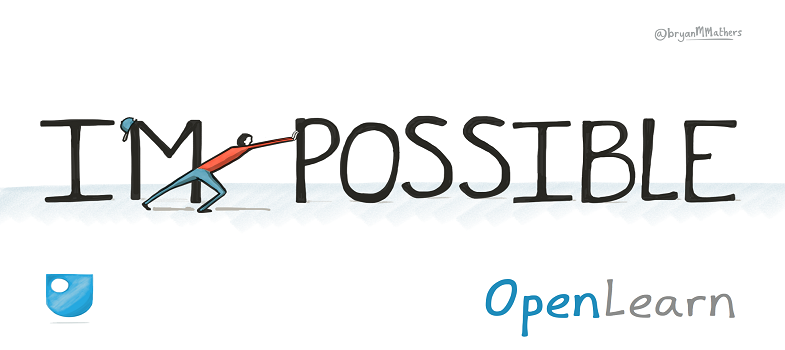6.6 Issuing open badges
A digital badge is a means of recognising certain skills and achievements which have been acquired through informal study online. Badges do not carry any formal credit as they are not subject to the same rigour as formal assessment, nor do they prove that a learner has studied a full course (they may only be awarded for completing a section of a course). They are a useful means of demonstrating learner participation and recognising informal learning.
If a course author decides that the assessment criteria should include the option to earn a digital badge, they will need to provide clear information to learners about the badge criteria, for example:
To gain your digital badge you will need to:
- Visit all the pages of the course.
- Complete all the quizzes that you will find at the end of each section of the course. These section quizzes are formative. They will help you consolidate your learning and there is no pass mark.
- Complete the end-of-course quiz that you will find at the end of the final section and achieve at least 40 per cent.
It is usually also good practice to explain how the badge will be issued, depending on the platform being used to host the course and the badge.
Different platforms will have particular processes for issuing badges. Most digital badges need some kind of evidence of completing the activity required for the badge, this is often completed manually and verified by a person (in badge systems such as Credly.com).

On OpenLearn and OpenLearn Create, The Open University has developed a method of automatically issuing Mozilla compatible badges based on completion tracking of activities completed within the course, with no manual intervention required (though this is an option if an activity requires human intervention for grading or verifying completion). For example, a learner works through the course content and completes a quiz successfully which results in the system recognising that they have achieved the criteria for the badge, so the badge is issued.
There are various options for how badges are used in a course. The course might be divided into several distinct self contained sections which could each have their own badge. An example of this is the National Networks for Collaborative Outreach courses. Alternatively even if the course is in sections, the badge is only awarded at the end as recognition of completing all the sections, examples of this include Understanding Parkinson’s and the OU Badged Open Courses on OpenLearn. Or the badge might be awarded for completing one single activity, such as submitting a URL link for a blog post the learner has written or uploading a file (which may or may not need to be marked and verified before the badge can be awarded).
On OpenLearn and OpenLearn Create there is a process for setting up badges which includes setting activity completion tracking. For OpenLearn Create you can find the guidelines on how to do this on the Moodle tools on OpenLearn Works page.
6.5.4 Workshop tool (for peer review and assessment)
